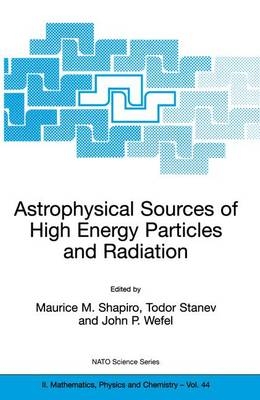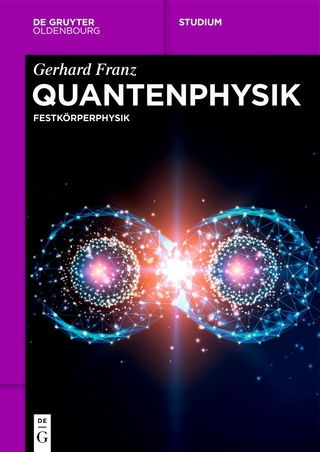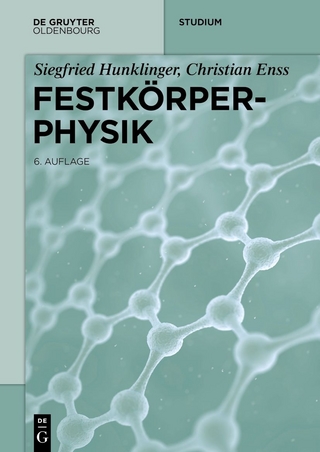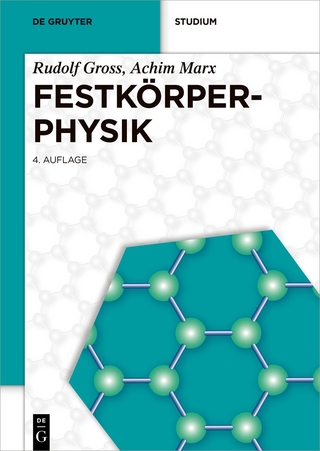
Materials Beneficiation
Springer-Verlag New York Inc.
978-0-387-97336-4 (ISBN)
- Titel ist leider vergriffen;
keine Neuauflage - Artikel merken
Economic Justification.- Economic Benefits.- Conservation, Reclamation, and Recycling.- Energy Conservation: Air and Water Pollution.- Stages of Beneficiation.- History of Beneficiation.- Hand Picking.- Washing.- Crushing.- Gravity Concentration.- Jigging.- References.- 1 Crushing.- Energy Consumed in Comminution.- Rittinger’s Law.- Kick’s Law.- Primary Crushers.- Jaw Crushers.- Gyratory Crushers.- Comparison: Jaw and Gyratory Crushers.- Secondary Crushers.- Cone Crushers.- Rolls Crushers.- Hammer Mills.- Stamp Mills.- References.- 2 Screens and Sizing.- Purpose of Screening.- Vibrating Screens.- Revolving Screens and Trommels.- Crushing and Screening Flow Sheets.- Closed Circuit.- Open Circuit.- References.- 3 Fine Grinding.- Purpose of Fine Grinding.- Main Grinding Mill Shapes.- Ball Mills.- Liners.- Speed of Rotation.- Wet and Dry Grinding.- Types of Ball Mills.- Rod Mills.- Pebble Mills.- Autogenous Mills.- Processes of Grinding and Grinding Mill Characteristics.- References.- 4 Classification.- Factors Influencing Settling Rates.- Stokes’ Law.- Newton’s Law.- Free-Settling and Hindered-Settling.- Classifier Categories.- Sorting Classifiers.- Sizing Classifiers.- Air Classifiers.- Concentration by Classification.- Classifier Capacity.- Classifier Efficiency.- Classifier Costs.- Classifier: Grinding Mill Circuits.- References.- 5 Dewatering.- Thickeners.- Design and Operation.- Operating Efficiency.- Settling Rate of Flocs.- Thickener Area.- Thickener Height.- Thickener Circuits.- Filtering.- Pore Size and Spacing.- Additional Variables That Effect Filtering Rates.- Types of Filters.- Drum Vacuum Filters.- Disk Vacuum Filters.- Horizontal Filters.- Pressure Filters.- References.- 6 Magnetic Separation.- Relative Magnetic Attractions.- Design Features.- Types of Separators.- Dry Magnetic Separators.- Wet Magnetic Separators.- Purification and Reclaiming.- Demagnetizing.- References.- 7 Electrostatic Separation.- Electrostatic Separators.- Electrodynamic Separators.- References.- 8 Gravity Concentration.- Application of Gravity Concentration.- Shaking Table.- Operating Principles.- Table Capacities.- Jigs.- Pulse Speed.- Water Velocity and Stroke Length.- Plunger Area.- Bed Depth.- Ragging.- Screen Size.- Stroke and Cycle Relationship.- Heavy Media Separation (HMS).- Media.- Separation Devices.- Humphreys Spiral.- Operating Principles.- Reichert Cone.- Operating Principles.- References.- 9 Flotation.- Application of Flotation.- Wetability.- Bubble Column Concentration.- Cell Types.- Flotation Circuits.- Preliminary Feed Pulp Preparation.- Particle Size.- Pulp Density.- Conditioning.- Pulp Temperature.- Reagent Feeders.- Flotation Reagents: Functions and Properties.- Frothers.- Collectors.- Regulators.- Activators.- Depressants.- Dispersants.- References.- 10 Recycling.- Purpose of Recycling.- Recycling Plant Equipment.- Treatment Methods.- Treatment Processing.- Raw, Unburned Mixed Refuse.- Incinerated Refuse.- Unburned-Mixed Refuse.- Industrial Wastes.- References.
| Erscheint lt. Verlag | 22.10.1991 |
|---|---|
| Reihe/Serie | Materials Research and Engineering |
| Zusatzinfo | Bibliography |
| Verlagsort | New York, NY |
| Sprache | englisch |
| Gewicht | 545 g |
| Themenwelt | Naturwissenschaften ► Physik / Astronomie ► Festkörperphysik |
| Technik ► Maschinenbau | |
| ISBN-10 | 0-387-97336-2 / 0387973362 |
| ISBN-13 | 978-0-387-97336-4 / 9780387973364 |
| Zustand | Neuware |
| Haben Sie eine Frage zum Produkt? |
aus dem Bereich


